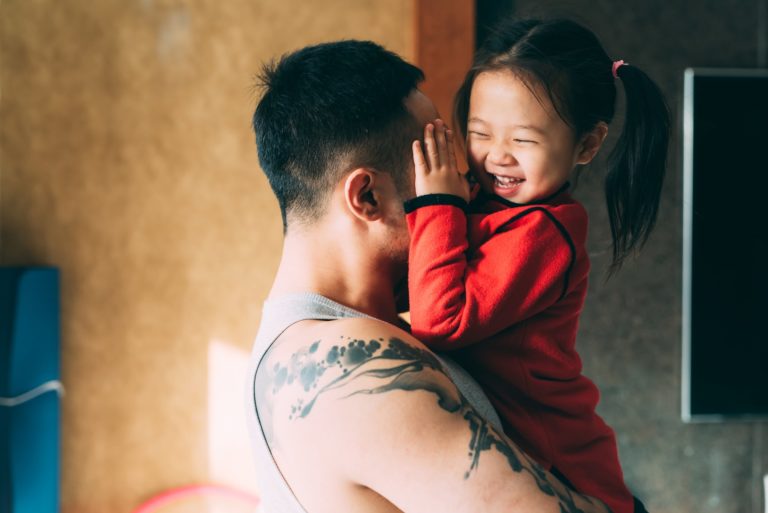Within the field of ABA, there is really nothing more satisfying than the bittersweet end to an ABA program when a child has met all their goals and they are prepared for further skill acquisition and developmental growth from school, peers, social or sport groups and family activities and interactions. When a child has been successful within an ABA program, there is almost always one constant feature, and that is the existence of an ongoing consistent and cooperative partnership between the family and the clinicians. It is the input, feedback, observations, participation and collaboration from families in combination with our scientific and clinical programming that results in these hoped-for outcomes.
While the details are always going to be different, there are definitely some specific aspects of the partnership that set such children up for success. Speaking broadly, consistency between what clinicians are doing and what parents are doing is the number one key for an effective ABA program. This doesn’t mean that parents should be running instructional programs in a session format, just that the things identified by clinicians which can affect behavior are the same within sessions as they are with the family outside of sessions. This is particularly important when it has to do with behavioral excesses (i.e., behavior problems or behaviors we want to decrease). When the child knows they can expect the same thing from their parents or caregivers as they do from clinicians during sessions, this eliminates any confusion on the part of the child and hastens and allows significant behavior change. The same holds true for learning new skills: if parents practice certain skills we are teaching in sessions, learning will be enhanced dramatically. In fact, it is easy to tell when parents are practicing – when we come back after a few days and the skill is stronger, there’s only one explanation!
The partnership aspect of ABA is well-recognized enough that insurance providers allot dedicated hours to spend with parents. The insurance activity label for this is “parent training,” which unfortunately sounds like we’re teaching you how to parent your children which just isn’t the case. There is so much involved in parenting that is beyond the scope of what ABA practitioners do when they come into your home. I prefer “ABA parent consultation” because that is what we are good at – consulting with you on your child’s behaviors and skill deficits, your priorities and your individual situation in the context of ABA and what we are doing during our sessions.
I wish we could do a better job communicating to parents exactly what this parent consultation piece looks like before we get into it. The difficulty is that each family, and their child receiving services, is different (often dramatically so) from all others and our approach is to individualize the program of the child as well as our consultation with parents. Even the way it is conducted can look different. Sometimes this part of the program seems to just fall into place and sometimes we need to add some structure, although both circumstances can work wonderfully.
The most important aspect of working together when it comes to consultation involves good communication. We are most successful when families communicate what we might not directly observe: examples are letting us know the behavior programs might be hard to carry out or impractical when we’re not there, that there might be behavior problems occurring at different times (e.g., eating or sleep problems), or that there might be circumstances that influence behavior in a negative way (e.g., siblings or peers that provoke negative behavior, extended family members that are not receptive the ABA approach). The most effective consultation occurs when we have this information and can strategize on how to address it. Parents are also great observers and can give us critical information about the effectiveness of our programming. For example, if a child uses a word or demonstrates a skill independently following a session where we just taught that skill, knowing that will always help drive the program in the right direction.
A final part of the overall partnership that is probably more of a priority than anything is the trust the family has with regard to the recommendations of their ABA clinicians. Programs with the potential for a high degree of success are those that can be designed and carried out with the full support of the family. Although we, and hopefully every ABA company, make every effort to explain and clarify all aspects of our program, there are so many small and sometimes daily decisions to be made that there must be a culture of trust that we are making sound clinical judgment that is always in the best interest of the child. We may sometimes make a change or ask for support in a particular way and it’s essential that families trust that we have good reasons for our decisions so we can adjust programs rapidly when necessary in order to keep the program strong and progress moving as quickly as possible. ABA companies should always work hard to earn this trust.
This mutually supportive relationship advances progress in so many unseen ways. The support of the family allows the therapists the confidence to proceed with what they know will work, and the resulting progress further builds family trust in the clinicians. This upward spiral of trust and progress leads to a true partnership that always benefits the child.



